An overview of the life of Queen Hatshepsut
Queen Hatshepsut is considered one of the most prominent and influential queens who ruled Egypt. Her personal name is “Khenemt Amun Hatshepsut”. Queen “Hatshepsut” was born in 1508 BC, as she is the eldest daughter of King “Thutmose I” and Queen “Ahmose”. She ruled Egypt in ancient times and was a prominent point not only in the history of the Eighteenth Dynasty, but in the entire history of ancient Egypt.
Queen Hatshepsut was the fifth in the line of kings of the Eighteenth Dynasty, as she ruled Egypt after the death of her husband, King Thutmose II. As a will for the young king, Tuthmosis III, in the beginning, then as queen and daughter of the god “Amun” after she published the story of her inscription in her temple in Deir el-Bahri, and Queen “Hatshepsut” was the legitimate heir to the throne of the country, as there was no legitimate male heir, but she had a half-brother from her father, who was the king. Thutmose II” from another wife claiming “Death-Neferet”.
Queen Hatshepsut received her education in science, morals, and correct behavior, as well as reading, writing, arithmetic, religious rituals, philosophy, composition, and grammar. Queen Hatshepsut feared the teacher who was teaching her lessons and feared his violent methods, regardless of her status, which gave an example of justice that applied to everyone equally without fear
Queen Hatshepsut assumed power:
It was not easy for Queen Hatshepsut to assume power in a society and patriarchal authority that refused to see the ruler except in the form of a man.
After the death of Queen Hatshepsut’s father, King Thutmose I, she was the legitimate heir to the throne, and she had a half-brother called Thutmose II. He was frail and thin and inexperienced in managing the affairs of the country, but the traditions of the court and the intrigues of the priests began to interfere in matters because the idea of rule For a woman to place all powers in her hands is unpopular and an idea rejected by everyone. For this reason, it was necessary for her brother, King Tuthmosis II, to participate with her in ruling as pharaoh of the country, while she became a royal wife and nothing more than that.
Queen “Hatshepsut” was the one who managed the affairs of the state and ruled the country in the name of King “Thutmose II” from behind the scenes, and she was the one who commanded and forbade. After a short period, the death of King “Thutmose II” became expected, and the courtiers and senior officials began talking about who would succeed him. In power after death, King Thutmose II died and he wanted his son, King Thutmose III, to assume power. But the young king, who had no experience, did not last long and was forced to vacate the place for Queen Hatshepsut. Indeed, she became Queen Hatshepsut in 1478 BC.
Queen of Upper Egypt and the Delta, as she ruled Egypt and its foreign possessions alone as a pharaoh, and next to her name was added King of Upper Egypt and the Delta, daughter of the sun, friend of Amun Hatshepsut, golden Horus, giver of years, defeater of all countries.
Queen Hatshepsut’s actions during her reign:
The period of Queen Hatshepsut’s rule was characterized by the strength of her army, peace and prosperity, construction activity and the great sea voyages that she sent with neighboring countries, under the slogan of the Pharaoh Woman. Egypt was able to prosper during its reign. It reopened quarries and mines that had been neglected, especially the copper and malachite mines in the Sinai Peninsula. It stimulated trade with Egypt’s neighbors and reused a canal linking the Nile at the end of the delta to the Red Sea. It cleaned this canal to facilitate the passage of Egypt’s naval fleet goes out to the Gulf of Suez and then to the waters of the Red Sea.
She also ordered the construction of several facilities in the Karnak Temple and also established her temple in Deir el-Bahri in Luxor. She took care of the Egyptian commercial fleet and therefore built large ships and used them to transport obelisks to the Karnak Temple in honor of the god “Amun.” Trade during her reign was characterized by an increase and demand through commercial exchange and the entertainment materials that were offered increased. Trade fleets brought from neighboring countries such as incense, perfumes, spices, plants, tropical trees, animals, and leathers.
Queen Hatshepsut sent many trade missions, such as the Atlantic Ocean Expedition, the Land of Punt Mission, and the Aswan Mission, which were depicted on the walls of the Deir el-Bahari Temple. She created two great granite obelisks. In Aswan, the two obelisks were transported along the Nile to Thebes, and the two obelisks took their place in the Karnak Temple in Luxor.
The death of Queen Hatshepsut:
Queen Hatshepsut died on the 10th of the second month of autumn, which corresponds to January 14, 1457 BC, during the 22nd year of her reign. It was also stated that the signs of her death were natural, and that the cause of death was due to her suffering from cancer or diabetes, and her tomb is located in the Valley of the Kings and symbolizes… It has the number KV20, and Queen Hatshepsut is considered one of the most prominent noble women who shouldered the responsibility and highlighted her strength and wisdom in managing the country’s affairs, and proved the validity of the idea of a woman assuming the throne.
Egypt Tours to The Monuments Built by Queen Hatshepsut
-
From $1440 🎗 10% OFFAswan, Cairo, Egypt, Luxor

 Sale! Add to cart
7 Days Deluxe Nile cruise + Domestic Flights
Sale! Add to cart
7 Days Deluxe Nile cruise + Domestic Flights7 Days Tour To Egypt with Cairo, Aswan, Luxor, and Nile Cruise
Rated 5.00 out of 5Nile Cruise$2,000.00$1,600.007-Days Tour To Egypt with Cairo, Aswan, Luxor, and Nile Cruise Egypt Cruis Era provides you with a 7 days tour to Egypt that covers the essentials of Cairo, Aswan, Luxo -
From $1077 🎗 0% OFFCairo, Hurghada, Luxor

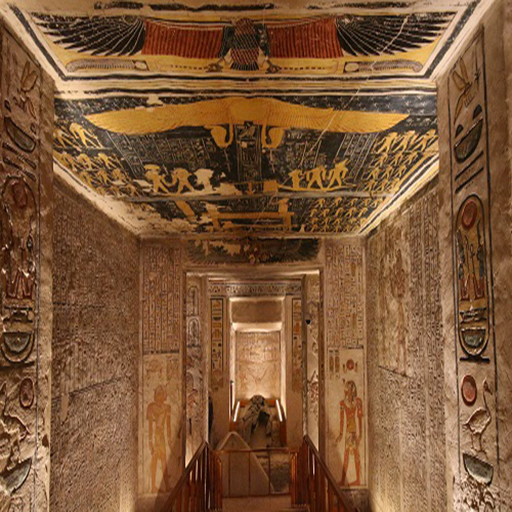 Sale! Add to cart
6 Days Deluxe Nile cruise + Domestic FlightsWhy you’ll love this trip: Enjoy this amazing package, give yourself a chance to visit the great historical sites of Egypt. Relax for few
Sale! Add to cart
6 Days Deluxe Nile cruise + Domestic FlightsWhy you’ll love this trip: Enjoy this amazing package, give yourself a chance to visit the great historical sites of Egypt. Relax for few -
Why you’ll love this trip: Explore all that Luxor has to offer on this comprehensive 2-day tour of the area. Visit key landmarks like the Valley of the
-
From $1710 🎗 10% OFFAbu Simbel, Aswan, Cairo, Egypt, Luxor
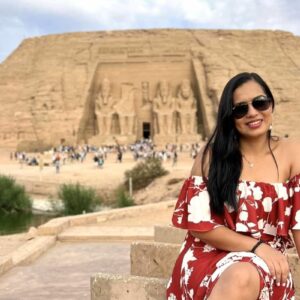
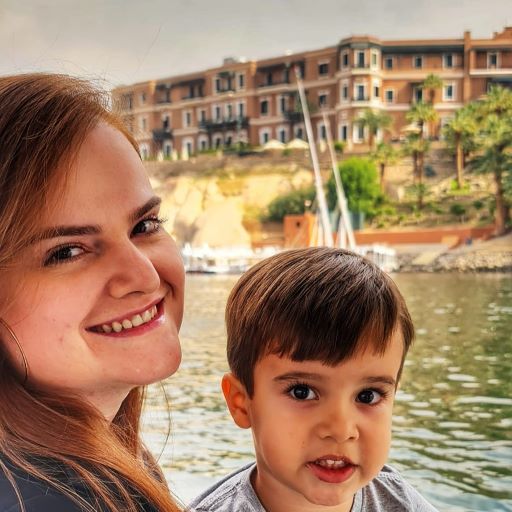 Sale! Add to cart
8 Days Deluxe Nile cruise + Domestic Flights
Sale! Add to cart
8 Days Deluxe Nile cruise + Domestic Flights8 Days Egypt Tour with Pyramids, Nile Cruise and Abu Simbel
Rated 5.00 out of 5Nile Cruise$2,300.00$1,900.008 Days Egypt Tour with Pyramids, Nile Cruise and Abu Simbel Egypt’s fascinating history will immerse you in 5000 years of narrative in just 8 days, beginning with t -
From $2053 🎗 0% OFFAbu Simbel, Aswan, Cairo, Edfu, Kom Ombo, Luxor

 Sale! Add to cart
10 Days Deluxe Nile cruise + Domestic Flights
Sale! Add to cart
10 Days Deluxe Nile cruise + Domestic Flights10 Day Cairo, Alexandria, Luxor, Abydos, Aswan and Abu Simbel
Rated 5.00 out of 5Egypt Tour Packages$3,500.00$2,800.00Why you’ll love this trip: Explore the great and historical Egypt including: Cairo, Alexandria Luxor, Edfu, Kom Ombu, Aswan & Abu Simbel. You’ll -
From $89 🎗 0% OFFEdfu, Kom Ombo, Luxor
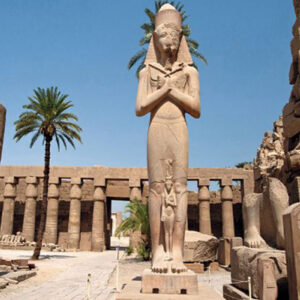
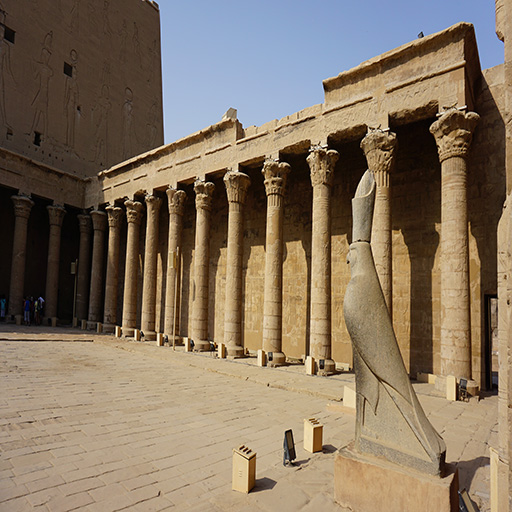 Sale! Add to cart
12 hours Deluxe Nile cruise + Domestic FlightsWhy you’ll love this trip: Very comfortable – Pickup and drop off from / to your location in Luxor Private and comfortable spacious Air Conditioned veh
Sale! Add to cart
12 hours Deluxe Nile cruise + Domestic FlightsWhy you’ll love this trip: Very comfortable – Pickup and drop off from / to your location in Luxor Private and comfortable spacious Air Conditioned veh






